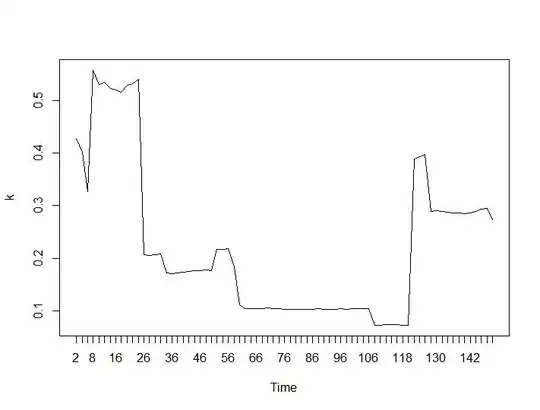Kurtosis has not entirely lived up to being a measure of the 'tall-and-skinny' property. If you can access it, see Westfall 2014 for a valuable discussion of the pitfalls of using kurtosis as 'peakedness'.
Intuitively an aspect ratio of the height of a distribution divided by its width would convey a sort of 'tall-and-skinny' property. But since probability density functions (PDFs) have infinite width, such a value would be zero. It might be tempting to take the denominator to be the width at the average value of the PDF, but in general can lead to a factor of $\frac{1}{\infty - (- \infty)}$.
I remembered back to when I did chromatography that we instead used "width-at-half-height" to quantify the tall-and-skinny property of analyte peaks. Taking a look around online I found the notion of full width at half maximum (FWHM) that seems to be an equivalent term.

In correspondance with the diagram above, we could consider the ratio $\frac{f_{\max}}{|x_2 - x_1|}$ where $f$ is the probability density function for random variable $X$ with instances $x_1$ and $x_2$ corresponding to the width endpoints at half of the maximum of $f$.
At least, that is what I have thought on the matter so far. Any tradeoffs in choosing this as an estimate of 'tall-and-skinniness' for unimodal distributions?
